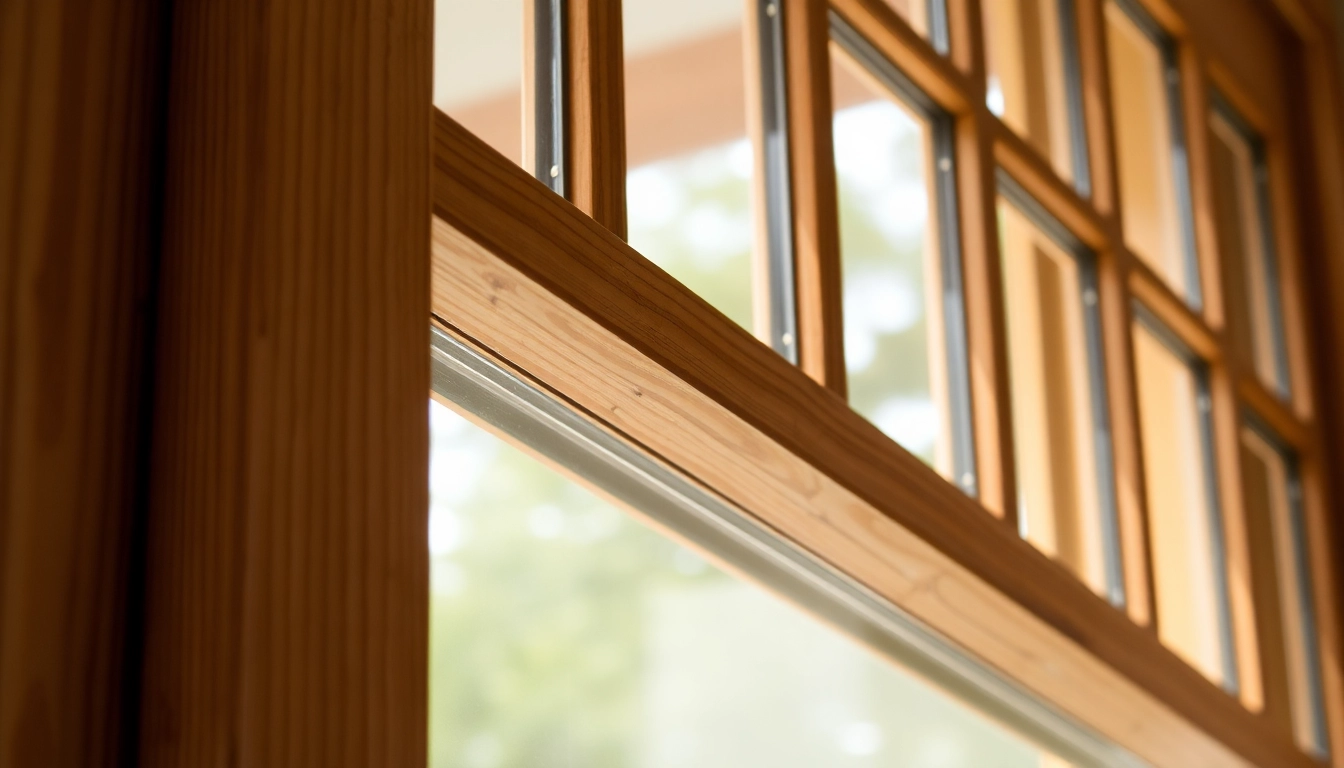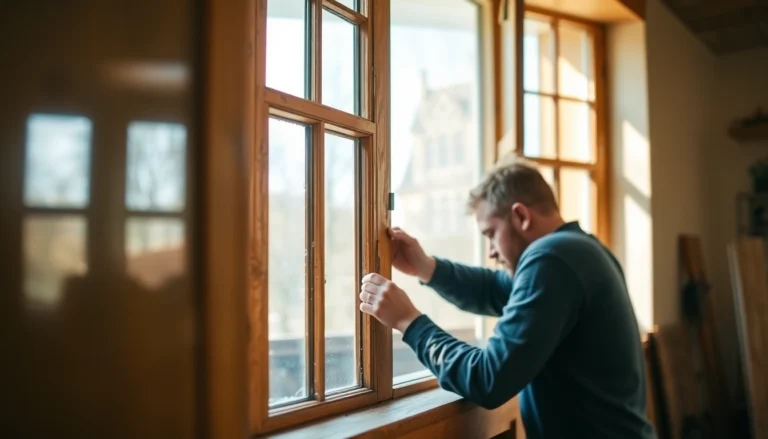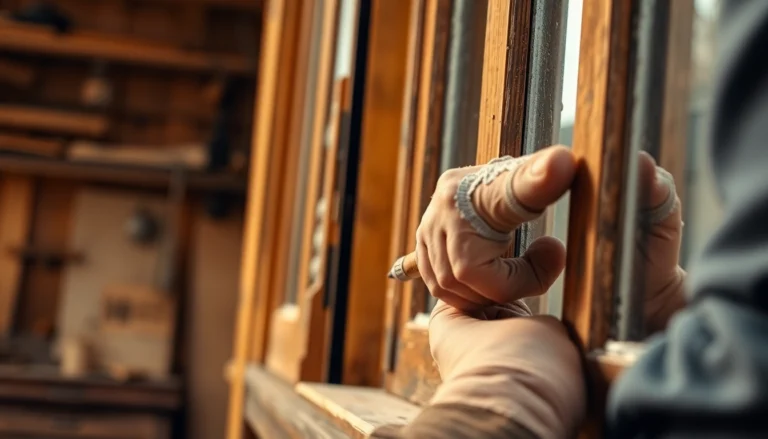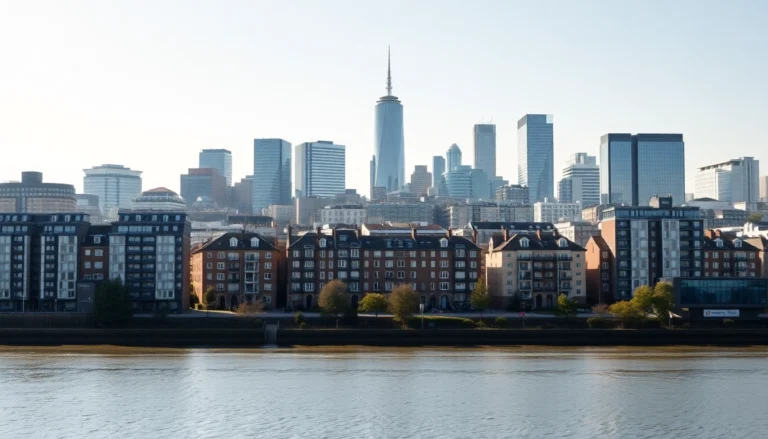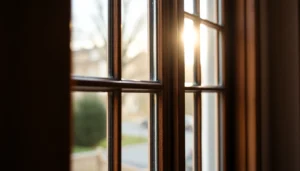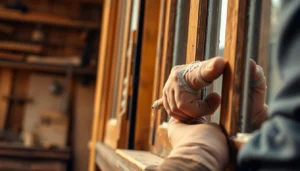Introduction to Sash Window Refurbishment
Traditional sash windows are iconic features of many historic and period properties across the UK. Their elegant, vertically sliding design not only adds aesthetic charm but also contributes significantly to the architectural integrity of buildings from the Victorian and Georgian eras. However, over time, even the most well-maintained sash windows can suffer from wear and tear, leading many homeowners to consider whether refurbishment or replacement is the most viable option. Sash window refurbishment offers a sustainable, cost-effective, and visually appealing way to preserve these cherished features, ensuring they continue to enhance your home’s character while delivering modern performance.
Understanding the Benefits of Restoring Your Sash Windows
Refurbishing sash windows provides numerous advantages that extend beyond simple aesthetic restoration. The process involves repairing, restoring, and updating existing timber frames and sash components to improve both form and function. Here are some of the key benefits:
- Preservation of Heritage and Architectural Integrity: Restoring original sash windows maintains the historic charm and authenticity of your property, especially important for listed buildings or conservation areas.
- Cost-Effective Solution: Compared to full replacements, refurbishment typically costs less and offers a quicker turnaround, providing excellent value for property owners on a budget.
- Enhanced Energy Efficiency: Modern draught-proofing techniques, weather seals, and double-glazing retrofits significantly improve thermal performance, reducing heating bills and increasing comfort.
- Environmental Sustainability: Refurbishing existing windows minimizes waste and reduces the need for new timber and materials, aligning with eco-friendly practices.
- Customizable and Longer Lasting: Proper refurbishment can extend the lifespan of sash windows by decades, with updated hardware and sealing improving durability and security.
In essence, restoring rather than replacing sash windows offers a balanced approach that respects historical authenticity while integrating modern efficiencies.
Common Challenges with Old Sash Windows
While the benefits of refurbishment are clear, older sash windows do pose certain challenges that must be addressed during the restoration process:
- Decay and Damage: Timber frames are susceptible to rot, woodworm, and general wear, especially in damp or exposed environments.
- Inconsistent Operation: Sashes can become stiff or jammed due to warping, dirt accumulation, or damaged pulley mechanisms.
- Broken or Outdated Hardware: Traditional pulley and balance systems may be worn out, affecting smooth operation and security.
- Poor Sealing and Drafts: Gaps around the sash or sash cords can cause drafts, cold spots, and increased energy costs.
- Historical Glass and Finish Concerns: Original glass may be cracked or hazy, and finishes may be peeling or faded, diminishing visual appeal.
Addressing these issues requires a careful assessment and expertly carried out restoration techniques, ensuring that the windows are structurally sound, operational, and visually restored to their former glory.
When to Consider Refurbishment vs. Replacement
Deciding between restoring your existing sash windows and pursuing a full replacement depends on several factors. Here are key considerations to help guide your decision:
- Condition of the Timber
- If the timber frames are largely intact with minimal decay or damage, refurbishment is often the most practical and cost-effective choice.
- Historical Significance
- If preserving the architectural integrity of your building is vital—such as for listed buildings or heritage properties—restoration helps retain original features.
- Budget Constraints
- Refurbishment typically costs significantly less than installing new windows, especially when factoring in high-quality double glazing and draught-proofing.
- Energy Efficiency Goals
- Modern upgrades like high-performance double-glazing and superior sealing can be incorporated into refurbishment projects, making them as efficient as new installations.
- Long-Term Durability
- If the existing windows are beyond reasonable repair, or if ongoing maintenance costs are high, replacement may be the better option.
In many cases, a professional assessment will determine whether refurbishment can restore your sash windows to full function or if replacement is necessary for safety or performance reasons.
Step-by-Step Process of Sash Window Refurbishment
Initial Assessment and Detailed Planning
The refurbishment process begins with a thorough inspection by experienced professionals who evaluate the condition of the timber, sash mechanism, glass, and paint finishes. This assessment informs a tailored plan that prioritizes structural integrity, operational smoothness, and visual restoration. Key considerations include identifying timber rot, hardware condition, and assessing compatibility with modern upgrades such as double glazing.
Disassembly, Repair, and Restoration Techniques
Following assessment, the window sashes are carefully removed from the frames, reducing risk of damage. Old glass and putty are meticulously stripped away, and any damaged or rotten timber is repaired or replaced. Techniques such as splicing new timber into original frames ensure authenticity, while resins and consolidants stabilize the wood. Hardware like pulleys, sash cords, and locks are inspected and replaced with modern, unobtrusive equivalents that enhance functionality.
Specialist carpentry methods are employed during reassembly, including joint restoration and sealing. Attention to detail during this phase ensures the window’s structural and aesthetic integrity is preserved.
Finishing Touches: Painting, Sealing, and Double Glazing
Once the core repairs are complete, the window frames are meticulously primed and painted with durable, weather-resistant finishes that match original colors or updated schemes. Modern draught-proofing materials—such as weather strips and brushes—are applied to improve insulation. If desired, double-glazing units are installed, often using slim-profile sash windows designed to retain the traditional appearance while significantly improving thermal efficiency.
The final step involves reinstalling the sash windows, adjusting hardware for smooth operation, and conducting a functional test to ensure windows open, close, and lock correctly. This comprehensive phase results in a window that looks authentic, operates effortlessly, and performs efficiently.
Cost Factors and Budgeting
Average Costs of Sash Window Refurbishment in the UK
Costs for sash window refurbishment vary depending on several factors, including window size, extent of damage, and market rates. On average, refurbishing a single sash window costs approximately £700 to £1,000. For more comprehensive overhauls—incorporating double glazing, draught-proofing, and decorative finishes—prices can rise to around £1,500 to £2,500 per window.
According to recent industry data, the average cost to fully refurbish a sash window in 2025 is around £770. Replacing just the sash itself costs roughly £400, making refurbishment a more economical choice, especially when multiple windows are involved.
Cost-Saving Tips Without Compromising Quality
- Opt for partial refurbishment: Focus on repairing critical elements like damaged timber and hardware first, then upgrade to double-glazing later.
- Use high-quality DIY kits for minor repairs: Sash repair kits provide components for draught proofing and small fixes at a fraction of the cost of professional work.
- Request multiple quotes: Comparing estimates from trusted specialists ensures competitive pricing.
- Combine refurbishment with modern upgrades: Incorporating energy-efficient glazing during the process maximizes value and long-term savings.
Comparing Refurbishment and Replacement Expenses
When considering the full replacement of sash windows, costs can escalate significantly. Custom-made, high-quality double-glazed sash units can cost over £2,500 per window, including installation. Meanwhile, refurbishment costs remain considerably lower, often under £1,000 per window, with added benefits of preserving aesthetics and reducing environmental impact. This comparison underscores the financial and heritage preservation advantages of refurbishment, particularly for properties of historical importance.
Choosing the Right Professional for Your Sash Windows
Questions to Ask Before Hiring a Refurbishment Specialist
Selecting a reputable professional ensures a successful restoration project. Essential questions include:
- What experience do you have with heritage sash window refurbishment?
- Can you provide references or testimonials from past clients?
- Are you familiar with conservation regulations if applicable?
- Do you offer comprehensive services including glazing, painting, and hardware replacement?
- What guarantee or warranty do you provide on your work?
Credentials, Experience, and Customer Testimonials
Credentials such as membership with trade associations like the Guild of Master Craftsmen or the Federation of Master Builders serve as indicators of professionalism and expertise. Reviewing customer testimonials and project portfolios helps verify quality and reliability. Choose companies with proven track records in heritage window conservation and positive client feedback.
Ensuring Long-Term Durability and Heritage Preservation
Effective refurbishment combines traditional craftsmanship with modern techniques. Professional artisans should employ methods that respect the original design while incorporating durable materials and energy-efficient upgrades. Proper structural assessments, detailed planning, and adherence to conservation standards are crucial for long-lasting results that uphold the property’s historic value.
Maintaining and Enhancing Your Refurbished Sash Windows
Regular Inspection and Preventative Care
Maintenance is key to prolonging the life and performance of refurbished sash windows. Regularly inspect for signs of water ingress, paint deterioration, or hardware malfunction. Promptly addressing issues prevents minor problems from escalating into major repairs, saving costs and preserving aesthetics.
Modern Enhancements: Draught Proofing and Double Glazing
Today’s refurbishment techniques include fitting high-quality draught-proofing systems and installing slim-profile double-glazing units that do not compromise the window’s authenticity. These upgrades significantly improve thermal insulation and acoustic performance, making your home more comfortable and energy-efficient.
Increasing Energy Efficiency and Property Value
Energy-efficient sash windows are attractive to buyers due to lower utility bills and enhanced comfort. Combining traditional aesthetics with modern efficiency not only improves functionality but also boosts your property’s market value. Well-maintained, upgraded sash windows can be compelling selling points, especially in conservation areas where original features are highly valued.
